The design capacity of wastewater treatment plants is usually based on the connected industries and population equivalent. For example, in Germany the population equivalent per one person and day equals 180l (48gallons/day), 60g BOD, 11g TKN, 70g TSS and 1.8g phosphorus. Then, depending on the expected population and industry growth for the next 30 to 50 years and the maximum monthly flow, the total physical capacity of wastewater treatment plants is determined.
If the wastewater treatment plant is connected to an older sewer system, stormwater is in the same pipe as domestic, commercial and industrial wastewater. As long as the combined water amount stays underneath the maximum monthly flow, the wastewater treatment plant has sufficient capacity to treat all incoming water. Plants connected to a combined sewer system are very often equipped with retention basins that can store an equivalent of 2 to 3 days of rainfalls. When the rainfall ends the water is gradually released to the wastewater treatment plant.
However, during extreme weather events, such as heavy rainfall, hurricanes and snow melt periods combined sewer systems can easily overwhelm the capacity of wastewater treatment plants. When also the capacity limit of all retention basins is reached, a relief structure in the combined sewer system discharges untreated water to an adjacent water body.
Such events can cause negative environmental consequences, including beach closures, contaminated shellfish unsafe for consumption, and contamination of drinking water sources, rendering them temporarily unsafe for drinking and requiring boiling before uses such as bathing or washing dishes.
Modern sewer systems separate sewage and stormwater flows in different pipes. Then wastewater from private households and industries is directly connected to a treatment plant whereas surface water runoff is directed to rivers and lakes.
In the US about 40 million people are still connected to combined sewer systems and most of them are located in the Northeast and Great Lakes region. To treat stormwater overflows at least partially some countries, use enhanced solid settling technologies e.g. with tube settler media.


